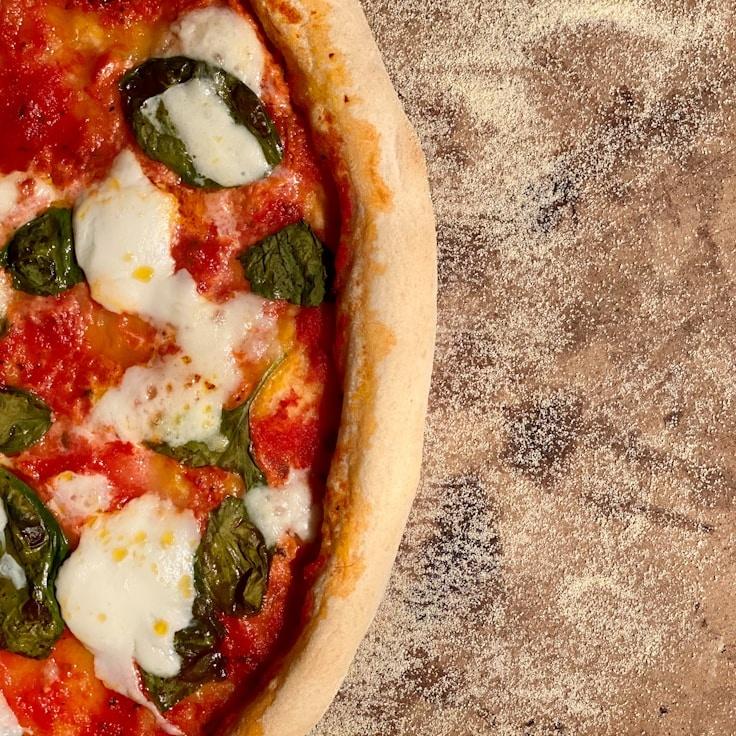At UniversalPerspectives, our conviction is that outstanding pizza is rooted in the quality of its base. With over 30 years dedicated to refining our mixture, we're thrilled to impart some insider tips. While our precise recipe is a closely held secret, these guiding principles will assist you in achieving pizzeria-caliber pizza bases in your own kitchen.
Choosing the Right Flour
The cornerstone of excellent pizza base is premium flour. 00 flour, an ultra-fine Italian variety with a moderate protein level (approximately 12%), is our choice for an ideal mix of chewiness and delicacy. If 00 flour isn't an option, bread flour can serve as an alternative, however, the end result will have a different feel.
Water Temperature's Role in Dough Hydration
The water's warmth can significantly influence fermentation duration and dough formation. Use chilled water at 45°F (7°C) for extended fermentation, beneficial for taste development, and lukewarm water close to 85°F (29°C) for faster fermentation. Aim for a hydration range of 60-70% for your dough when using a standard domestic oven.
A Slow Rise for Better Flavor
A crucial aspect of creating a deeply flavorful base lies in a minimal amount of yeast and increased fermentation time. We use a mere 0.2% of fresh yeast in relation to the flour weight for doughs that rise for 24-48 hours, fostering intricate taste profiles and a more digestive-friendly product.
Seasoning with Purpose
Salt is not merely for taste—it fortifies the gluten network and modulates fermentation. For the best results, incorporate fine sea salt at a 2.5-3% ratio of the flour weight. Introduce salt during the initial stages of mixing flour with water to avoid yeast interaction.
The Science of Fermentation
Post-mixing, the dough should undergo a primary fermentation at ambient temperature for a couple of hours before being portioned into individual balls. Store these balls in lidded containers and refrigerate them for 24-72 hours. During this cold fermentation stage, enzymes convert starches to sugars, yielding both taste and the crust's golden hue.
Gentle Dough Handling
When preparing to bake, take the dough out of the refrigerator 1-2 hours in advance to reach room temperature. Carefully handle the dough to keep the air bubbles formed during fermentation. Press and spread the dough with your fingertips instead of rolling it out, which would deflate these air pockets.
Crucial Baking Heat
Our wood-fired ovens may reach 850°F (454°C), but home ovens usually top off at about 550°F (288°C). Use a pizza stone or baking steel, preheated for a minimum of one hour, to mimic the intense bottom heat necessary to attain that desired crispy crust and fluffy interior.
Perfecting your pizza base is an ongoing process, where each preparation can teach new lessons about the craft. Keep a record of your outcomes, tweak the variables, and find what yields the best results in your kitchen conditions.
Interested in observing our dough creation up close? Participate in our monthly pizza craft classes where Chef Giulio demonstrates these techniques. Browse our event calendar for future workshop dates!

